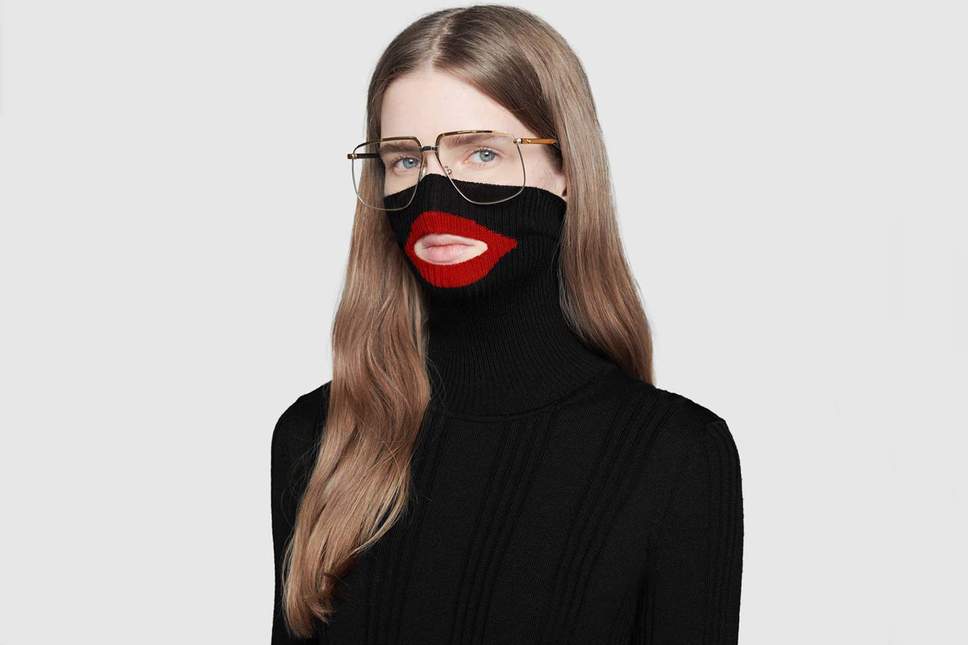7667766266
enquiry@shankarias.in
What is the issue?
Recent controversies in the U.S. centred on blackface depictions have brought to light the continuing racial prejudices in the American society.
What is a black face?
What are the recent happenings?

What is the historical significance?

Is it a racist phenomenon?
When it comes to blackface, intentions doesn't matter. Because the whole thing is rooted in white supremacy.
Source: The Indian Express